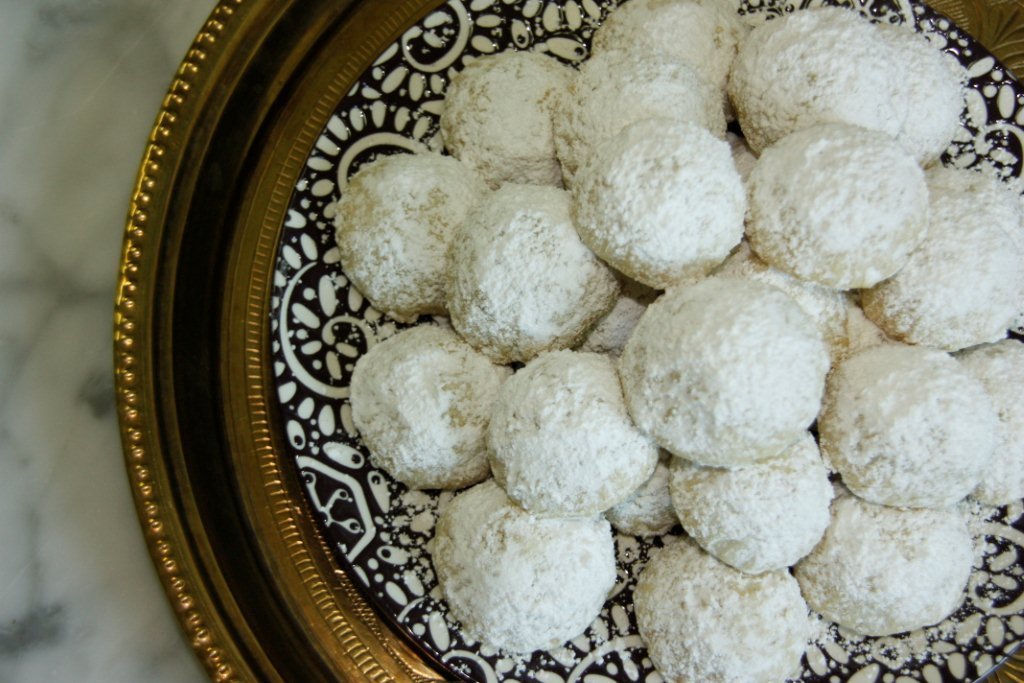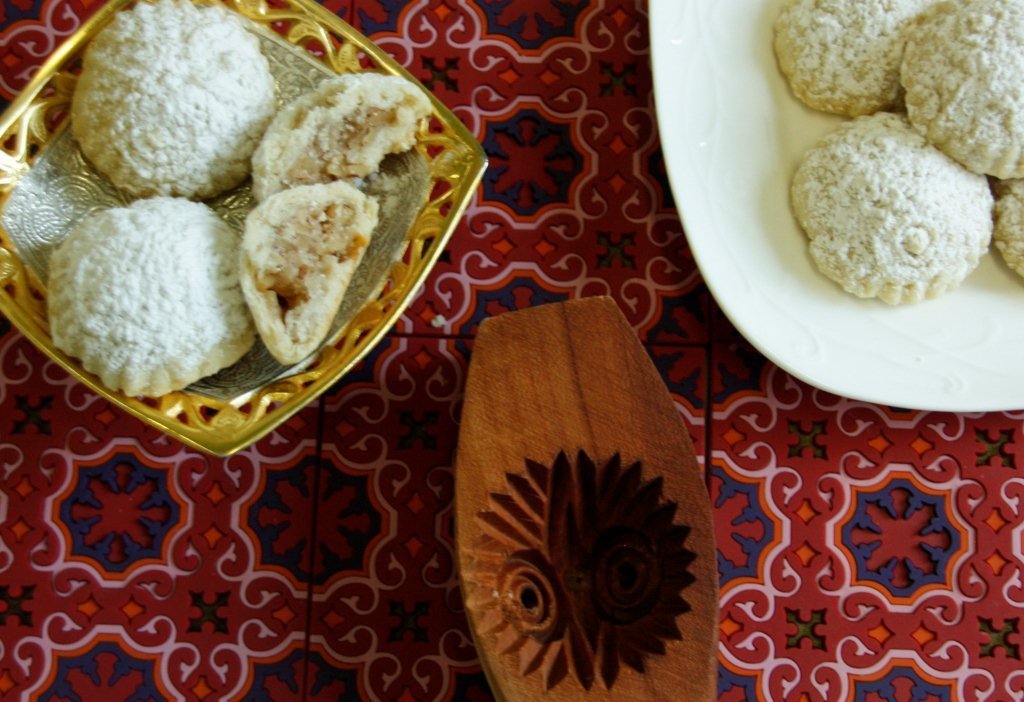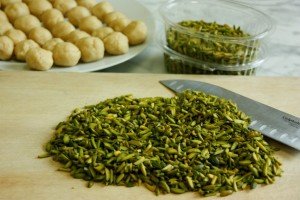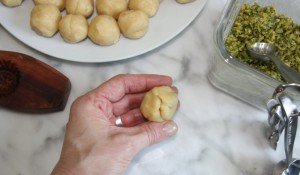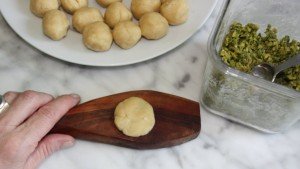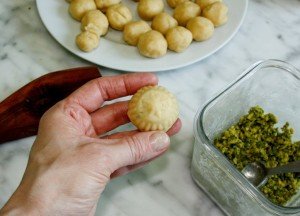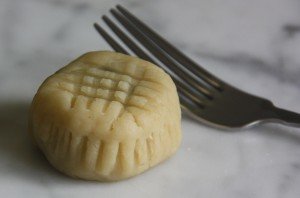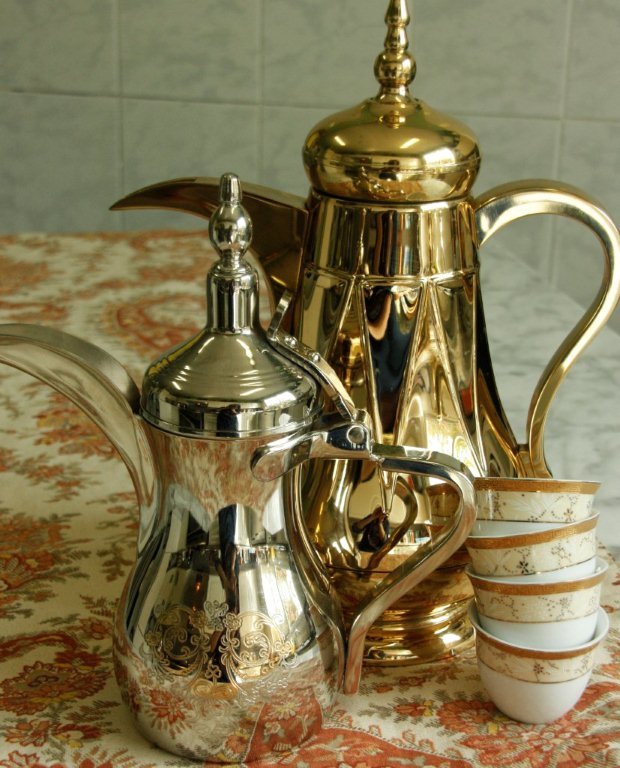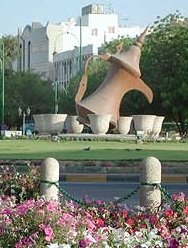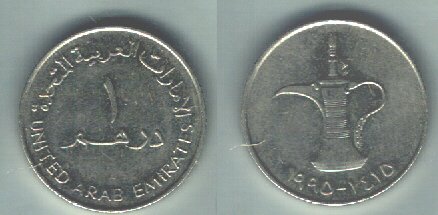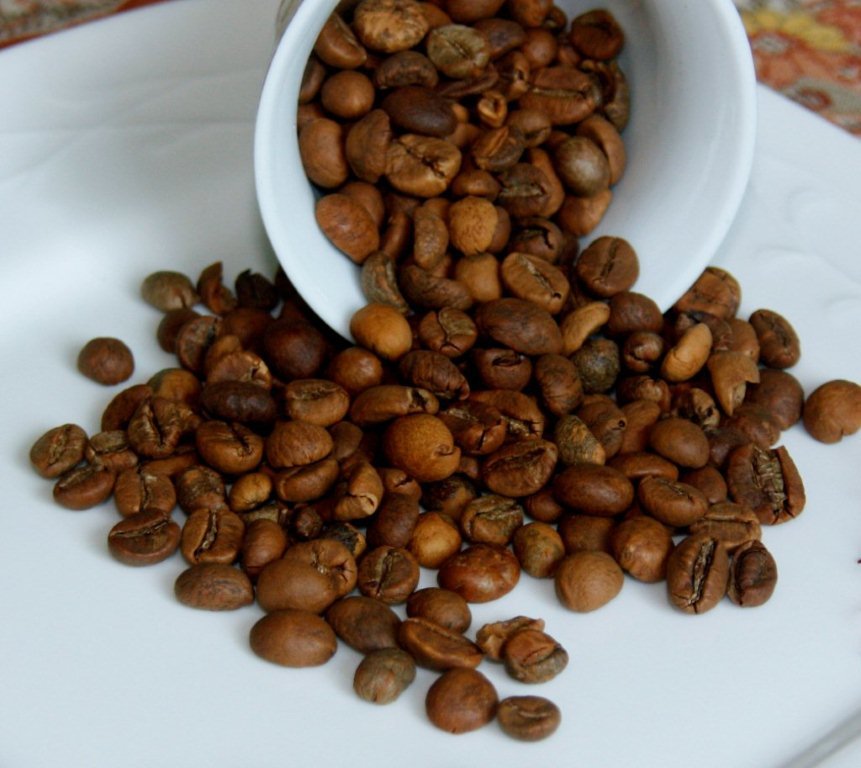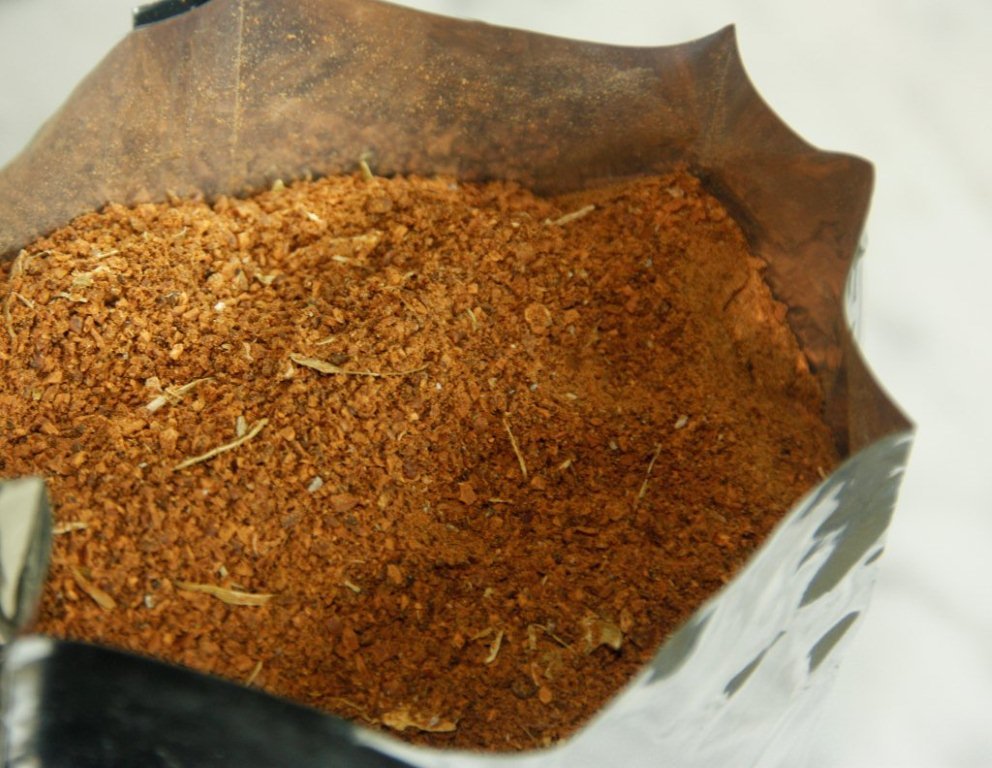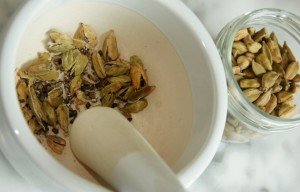Archive
Nut-Filled Ma’amoul ~ Easier than you think
Eid after Eid I’ve been making date-filled ma’amoul pastry, thinking the nut-filled pastry would too tricky. I imagined the nuts spilling all over and the pastries falling apart. So, I stuck with date filling.
Now I know better. The nut-filled ma’amoul are not only exquisite, but to my amazement, they are easier. No spills or falling apart. Think of time I could have saved! And all the pistachio-filled pastries I could have enjoyed!
Compared to the date-filled ma’amoul, the nut-filled ones are a breeze. It takes minutes to chop the nuts and mix them with some sugar and flavorings. Meanwhile, it takes hours to pit and shape the date ball fillers. If only I had known!
At Bit of Background
Ma’amoul are delicate little stuffed pastries that are served all over the Arab world for Eid and Easter. They have several fillings—dates, walnuts or pistachios—and they come in a variety of shapes. Sometimes they are made with semolina, sometimes flour. Last Eid I posted my recipe for date-filled ma’amoul.
I use a special wooden mold to shape my ma’amoul. I’ve noticed that the round shallow molds are for dates, while oval molds are for pistachios and deeper molds are for walnuts. Of course, if you don’t have all these shapes, just make do with what you have. If you don’t have any mold at all—no problem. You can shape the ma’amoul in your hand with the tines of a fork.
For the nut fillings below, you can use either granulated (caster) sugar or powdered sugar. The powdered sugar is less grainy. It’s all a matter of preference. The recipe below calls for rosewater, but orange blossom water can also be used. I suggest making both nut fillings, but you may have some nuts left over depending on the size of your pastries.
MA’AMOUL
Makes about 36 pastries (depending on the size of the mold)
Pastry Ingredients:
2½ c flour
½ lb. (two sticks or 200 g) unsalted butter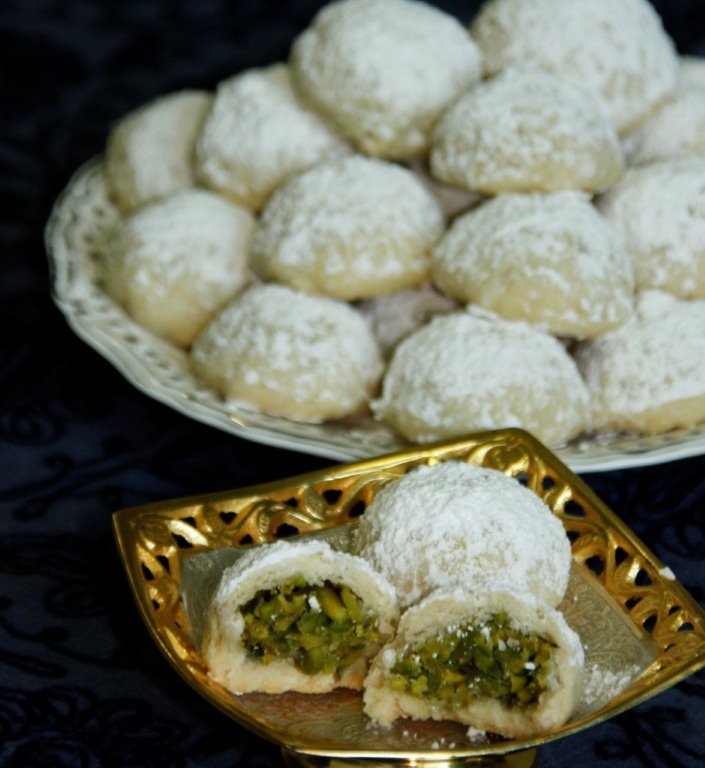
1 Tablespoon rosewater
4 Tablespoons milk
Sifted confectioner’s sugar for dusting the pastries
Pistachio Filling
1 cup chopped pistachio
½ cup sugar (granulated or powdered)
1 Tablespoon rosewater
Walnut Filling
1 cup chopped nuts
½ cup sugar (granulated or powdered)
½ teaspoon cinnamon
1 Tablespoon rosewater
Method
1. Make the two nut fillings. Chop the nuts and mix in the sugar. If you don’t like a grainy texture, you can use powdered sugar. The tablespoon of rosewater will make the nut mixture moist and easy to shape. Add cinnamon to the walnuts.
2. To prepare the dough, begin by sifting the flour into a large mixing bowl. Work the butter into the flour with your hands or a pastry blender. Add rose water, followed by milk. Work the dough until it is soft and easy to shape.
3. Divide dough into four equal parts. Roll each quarter into about nine balls to make approximately 36 balls of dough—depending on the size of your mold.
4. Fill the dough balls with a spoonful of nuts. First, flatten a ball of dough with your thumb and make a hollow. Place the nuts into the hollow. Be generous with the filling. Pinch the dough back over the nut filling, making a ball shape. Do this with all 36 balls. You will probably have some nut filling left over.
5. Next press the filled dough balls one by one into the ma’amoul mold.
To snap the dough out of the mold, tap the tip of the mold against the edge of the counter with a firm quick movement. With the other hand, catch the ma’amoul and place it on an un-greased cookie sheet. Dust some flour inside the mold if it’s sticking. Don’t worry about imperfections. They will be covered up by the confectioner’s sugar.
6. If you do not have a mold, flatten the balls slightly and decorate the sides and tops by using a fork.
7. Bake in a preheated slow oven (350°F, gas mark 3) for 15 to 20 minutes. (Smaller pastries will require less time.) Baking ma’amoul is a delicate operation and requires constant attention. The bottom-side of the ma’amoul will be slightly browned, but the tops should appear soft and uncooked. If the pastry tops become brown, they will become hard and their taste will be spoiled. Upon cooling, the pastries will become firm.
8. Cool ma’amoul on a cooling rack. When they are cold, dust confectioner’s sugar over them. They keep for at least a week in a tightly closed tin. 
On Eid morning in the Arab world, it’s the custom to go visiting family, neighbors and friends. The host typically offers coffee and pastry, served up with some witty conversation. Some people may visit a dozen homes on Eid, stuffing themselves with coffee, sweets and the latest gossip.
Question: Have you made ma’amoul with nuts? What do you serve on Eid?
How to Prepare and Enjoy Arabic Coffee
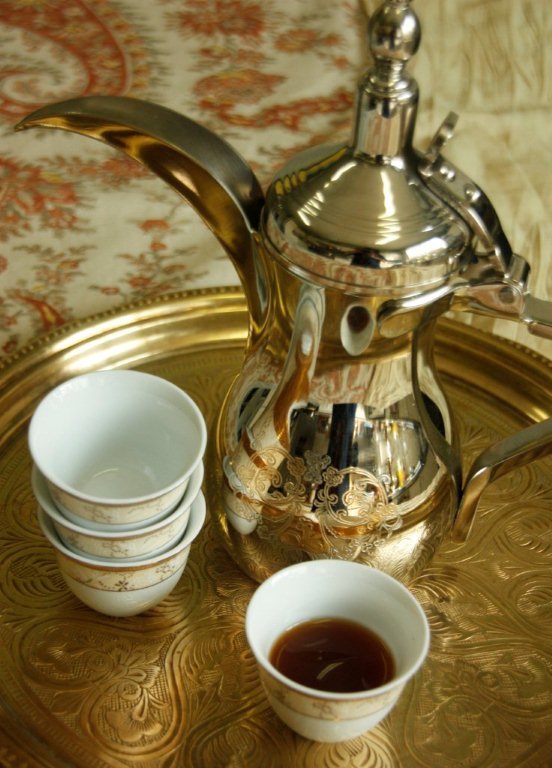 If you visit an Arab home in the UAE in celebration of Eid ul-Fitr, you’ll probably be served some version of Arabic coffee. I’m not talking about thick, dark Turkish coffee or greenish Saudi coffee. I’m referring to the coffee of the Gulf, served in small thimble-shaped cups.
If you visit an Arab home in the UAE in celebration of Eid ul-Fitr, you’ll probably be served some version of Arabic coffee. I’m not talking about thick, dark Turkish coffee or greenish Saudi coffee. I’m referring to the coffee of the Gulf, served in small thimble-shaped cups.
The first time I had Arabic coffee, I was not impressed. It didn’t taste like coffee; it didn’t even look like coffee. It was bitter and spicy. And what about the teeny tiny cups, barely half full?
But Arabic coffee grew on me. By my second Eid in the UAE I was making Arabic coffee myself. I made its most basic form: water, lightly roasted coffee, ground with cardamom and boiled for about 15 to 20 minutes—not percolated or filtered—but boiled.
Later, I learned more sophisticated variations and flavorings. I refined my method and added saffron, cloves and rose water. I discovered I not only like Arabic coffee, but I love Arabic coffee.
A Bit of Background
Originally the coffee beans were roasted on an open fire and prepared in a coffee pot (dallah), also over an open fire.
Nowadays it’s prepared on a stovetop and transferred to a stylish thermos flask, where it’s kept warm for guests. Below is an authentic dallah on the left and a themos flask on the right.
Here in the Gulf, Arabic coffee is bought at the roasters—either in the souk, at a large Arabic supermarket or even at the mall. It’s often sold at the same place where nuts and spices are sold. Normally there are four types of roasts available: Dark and Medium Turkish coffee (on the left below) or very light Saudi coffee (on the right). Second from the right is Arabic coffee, which in the UAE is also called Khaleeji (Gulf) coffee or local coffee.
Coffee is revered so much in the UAE that you sometimes see an enormous coffee pot (dallah) in the street. These roudabout coffee pots are in Abu Dhabi and Al Ain.
The dallah is such an important symbol in the UAE that a picture of one is on the dirham coin.
For Arabic coffee, the arabica beans are lightly roasted and lighter in color than what we see in North America. With the addition of cardamom, the coffee takes on a green hue (but it’s not as green as Saudi coffee).
Note: sometimes “Turkish coffee” and “Arabic coffee” are used interchangeably, but they are different. Turkish coffee is dark and thick, with foam on top and grounds at the bottom. It’s often sweet when Arabic coffee is never sweetened.
How to Prepare Arabic Coffee
A good ratio is 1 Tablespoon ground coffee per cup of water. If you like cardamom, 3 parts coffee to one part cardamom is good ratio to start, and you can adjust to taste. The cardamom can be ground with the coffee (the easiest method) or crushed cardamom can be added near the end of cooking. If you like extra cardamom, you can do both.
In addition to the cardamom, other flavorings are cloves (added toward the end of the cooking process) as well as saffron and rose water (added to the thermos flask). Some say you can use cardamom with cloves or with saffron and rose water. I like to use all four!
Sugar and milk are never added. However, Arabic coffee is typically served with something sweet on the side, usually dates.
3 cups water
3 Tablespoons Arabic coffee, coarsely ground
1 Tablespoon cardamom (or to taste) either ground or crushed with a mortar
5-6 whole cloves (optional)
small pinch saffron (optional)
1 teaspoon rose water (optional)
Method
1.Bring water to boil in a dallah. If you don’t have one, simply use a medium saucepan. I like to use a long-handled coffee pot (used for Turkish coffee) because it’s easy to pour from.
2. When the water boils, add the ground coffee (and ground cardamom if it’s mixed with the coffee). Boil for 10 to 12 minutes.
3. Add crushed cardamom and cloves—if you are using them. Stir once and boil for another 5 minutes.
4. Meanwhile, pre-heat a thermos flask with boiling water. Don’t forget to remove the hot water before adding the coffee.
5. Remove coffee pot from heat, cover and let coffee grounds settle to the bottom for a minute. Do not stir.
6. Add the rose water and small pinch of saffron to the empty themos flask. Strain and pour the steaming coffee into the flask.
7. Allow to seep for 5 to 10 minutes before serving. Enjoy!
Arabic Coffee Etiquette
Arabic coffee is entrenched in hospitality, tradition and ceremony. In the Gulf, coffee is served in a small delicate cup (finjaan). The coffee is served and received with the right hand. The cup is only filled half full or less—so it cools quickly.
To be gracious, the guest should accept at least one cup. It’s standard to accept three. A swish or jiggle of the cup shows that you are finished. Meanwhile, all this pouring insures that the host is kept busily focused on his or her guests.
Arabic coffee can be served any time. It’s served in the home, at social gatherings or business meetings. In Dubai, you might even be served Arabic coffee at the mall.
Questions: How do you prepare your Arabic coffee? What is your impression of Arabic coffee?

